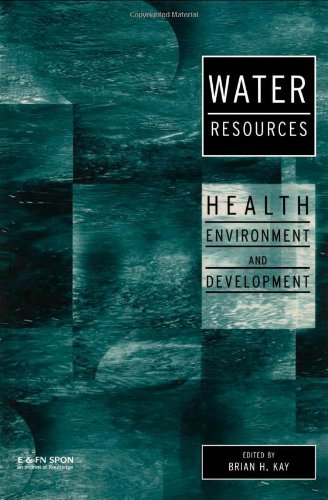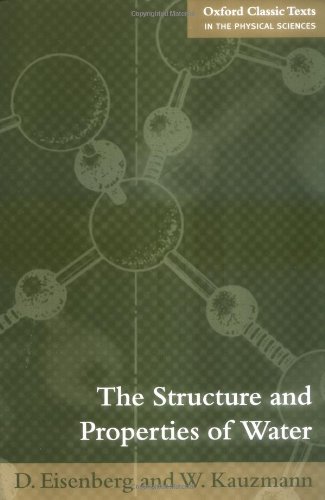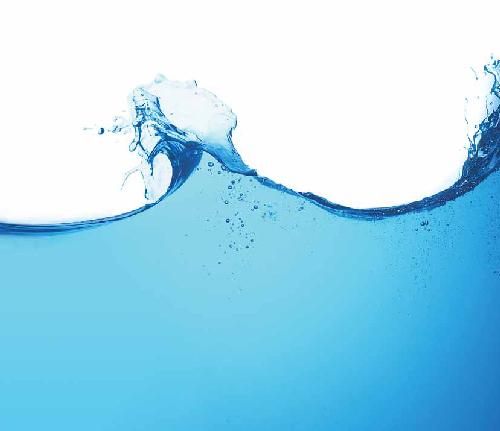Brian Kay0419222901, 9780419222903
Table of contents :
Water Resources: Health, Environment and Development……Page 2
Contributors……Page 6
Foreword……Page 9
Preface……Page 11
References……Page 15
Contents……Page 4
1.2 Types and uses of reservoirs……Page 17
Table of Contents……Page 0
1.3 Characteristics of reservoirs……Page 19
1.4 Consequences of reservoirs……Page 22
1.5 Reservoir management……Page 25
1.6 UNEP policy on reser voirs……Page 26
Further reading……Page 28
2.1 The need for environmental indicators of water quality……Page 29
2.2 Water: sources, uses, and management……Page 30
2.3 Water quality and potential influences on it……Page 31
2.4 Impacts on flora and fauna……Page 36
2.5 Methods of assessing impacts and quality — chemical, physical, biological……Page 37
2.6.1 Bioassay……Page 42
2.6.2 Monitoring of natural communities……Page 43
2.7 Developing a regional methodology……Page 44
References……Page 45
3.1 Introduction……Page 47
3.2 Nature and role of development policies……Page 49
3.3 The link between development policies and health……Page 51
3.4 Developments in some sectoral policies……Page 53
3.4.2 Health sector policies……Page 54
3.5 Policies of external support agencies……Page 56
References……Page 62
4.2 The hydrological cycle……Page 63
4.3 Availability of fresh water……Page 64
4.4 Competition for fresh water……Page 65
4.5 Water and agriculture……Page 66
4.6 Irrigation and food security……Page 67
4.7 Water resources development and health……Page 68
4.8 Water resources development and ecological consequences……Page 70
4.9 FAO policy and strategy on food security and water development……Page 71
4.9.2 Water resources development……Page 72
4.10 International Action Programme on Water and Sustainable Agricultural Development……Page 74
4.11 Panel of Exper ts on Environmental Management for Vector Control……Page 75
4.12 Final thoughts……Page 76
References……Page 77
5.2 Steps in conducting environmental and health impact assessment……Page 78
5.2.1 Step 1: Screening — Does this project need an E&HIA?……Page 79
5.2.3 Step 3: Profiling — What is the current status of the affected population and the local environment?……Page 81
5.2.4 Risk analysis……Page 82
5.2.6 Step 5: Risk management — Can risk be avoided or prevented? Are better alternatives available? How can benefits and risks be costed? How can dif fering perceptions of cost and benefit, nature and magnitude be mediated? Will predictions of futu……Page 83
5.2.8 Step 7: Monitoring, environmental and health auditing, post—project evaluation — Is the project complying with its conditions? How well are those conditions achieving the desired outcomes? How well is the E&HIA process as a whole achieving its ai……Page 85
5.3 National and international status of E&HIA policy……Page 87
References……Page 90
6.2 Assessment procedures……Page 92
6.3 Assessment methodology……Page 93
6.4 Sources of information……Page 94
6.5.1 Example from West Africa……Page 95
6.5.2 Example from South-East Asia……Page 97
6.6 Economic analysis……Page 98
6.7 Promotion of health opportunity assessment……Page 99
References……Page 100
7.1 Introduction……Page 102
7.2 Considerations leading up to course development……Page 104
7.3 Course development and learning objectives……Page 106
7.4.1 Task 1 — Constructing a comprehensive development planning framework……Page 109
7.4.2 Task 2 — Health impact assessment: a preliminary step……Page 110
7.4.4 Task 4 — Appraisal of the economic evaluation component of a health impact assessment report……Page 112
7.4.6 Task 6 — Intervention and monitoring: a plan for intersectoral action……Page 113
7.4.7 Task development……Page 114
7.5 The role of non-expert tutors, local resource personnel and the course director……Page 116
7.6 Analysis of the approach and options for follow-up……Page 117
7.7.2 Criteria and preconditions for HIA……Page 119
7.7.3 Generic terms of reference……Page 121
References……Page 122
8.1 The Ord River irrigation area……Page 124
8.2 Human health — early concerns……Page 125
8.3.1 Early studies, 1972—1976……Page 127
8.3.2 Studies carried out between 1977 and 1995……Page 129
8.4 Discussion and conclusions……Page 134
References……Page 136
9.1 Background……Page 139
9.2 Recreational report……Page 140
9.4.1 Mosquitoes……Page 141
9.4.2 Arboviruses……Page 146
9.5 Snails and swimmer’s itch……Page 147
9.6.1 General conclusions……Page 150
9.6.2 Mosquito or aquatic plant control?……Page 151
References……Page 154
10.1 The general scenario……Page 157
10.2 Wetlands and mosquitoes……Page 158
10.3 Mosquitoes as pests and vectors in Australia……Page 160
10.4 Mosquito monitoring in wetlands……Page 165
10.5 Managing mosquito populations……Page 166
10.5.2 Vegetation influences……Page 167
10.5.3 Water management……Page 168
10.5.4 Mosquito control agents……Page 169
10.6 Conclusions and general recommendations……Page 170
References……Page 172
11.1 Introduction……Page 176
11.2 Organization and institutional arrangements……Page 177
11.3 Project purpose and operational priorities……Page 179
11.4 Public health and recreation……Page 180
11.4.1 Water quality……Page 182
11.4.2 Recreation……Page 187
References……Page 196
12.1 Introduction……Page 197
12.2 Control of permanent pool mosquito species……Page 198
12.2.1 Pre-impoundment — reservoir basin preparation……Page 199
12.2.3 Marginal drainage maintenance……Page 200
12.2.4 Operation of dewatering projects……Page 202
12.2.5 Mechanical control of emergent vegetation……Page 203
12.2.6 Biological control of submerged vegetation……Page 204
12.2.7 Water level management……Page 208
12.2.9 Use of mosquito adulticide……Page 211
References……Page 214
13.2 Marine fishponds: source of income and malaria……Page 216
13.3 Extensive breeding of anopheline mosquitoes……Page 217
13.5 Marine fishponds: breeding sites of malaria vectors……Page 218
13.6 An appeal from east Java……Page 222
13.7 Experiments in pond water management……Page 223
13.8 Inventory of exploitation methods……Page 224
13.9 ‘Hygienic exploitation’ after all……Page 225
13.11 New sanitation plan……Page 226
References……Page 227
14.1 Introduction……Page 229
14.2.1 Economic benefit……Page 231
14.2.2 Quality of life……Page 232
14.2.4 Occupational change……Page 233
14.2.6 Loss of archaeological evidence……Page 234
14.3.1 The problem of snail-borne diseases……Page 235
14.3.2 The problem of mosquito-borne diseases……Page 237
14.4 Pak Mun project……Page 238
14.4.1 The socioeconomic problems……Page 239
14.4.2 Health impact of the Pak Mun project……Page 241
References……Page 243
15.1 Problem definition……Page 246
15.2 The challenge……Page 251
15.3 Strategies against dengue……Page 253
References……Page 256







Reviews
There are no reviews yet.